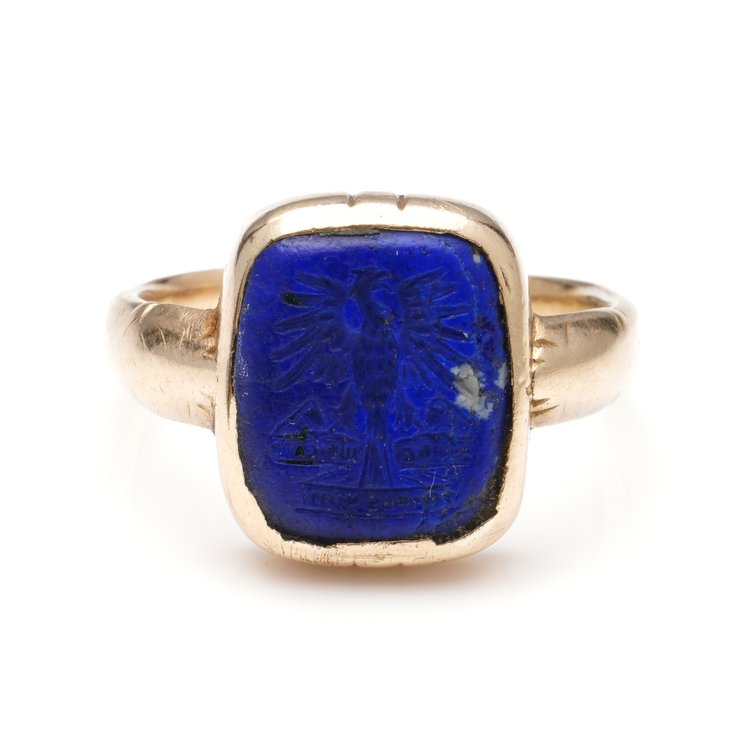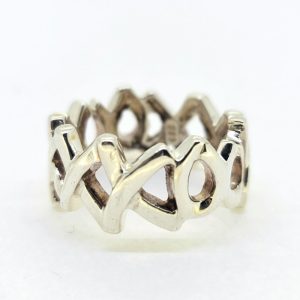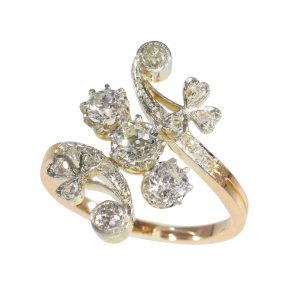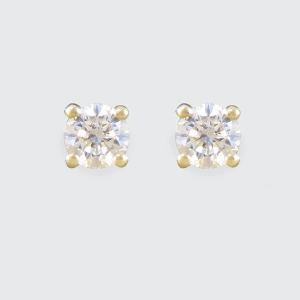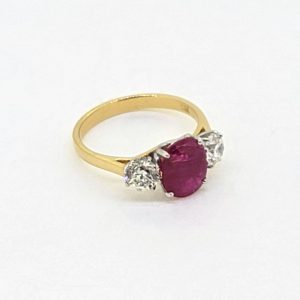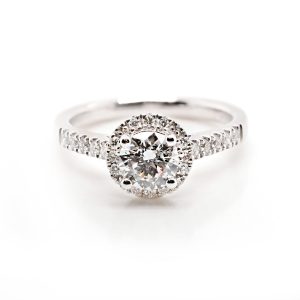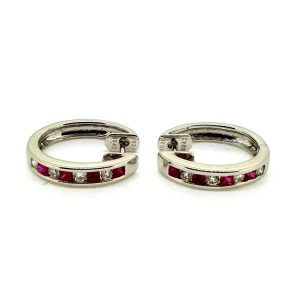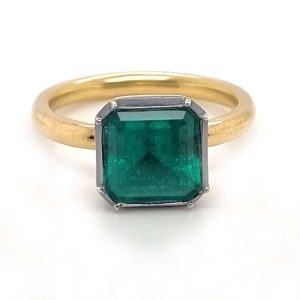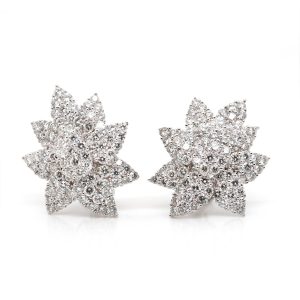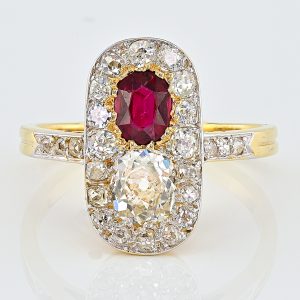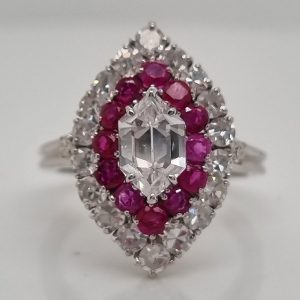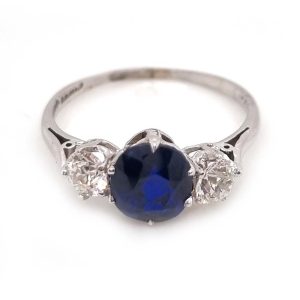Antique Lapis Lazuli Signet Ring with Eagle
Antique Lapis Lazuli Signet Ring with Eagle
Antique 18ct yellow gold and lapis lazuli signet ring bearing a heraldic Eagle and Latin phrase. Comes with an interesting Provenance.
Hallmarked for 18ct yellow gold.
Dimensions –
Ring Size: Length x Width x depth: 2.6 x 2.3 x 0.5 cm
Finger Size (UK) = U(EU) = 62 1/2US) = 10 1/4
Weight : 9.92 grams
Condition: Pre-owned, minor signs of usage and age, shank has bent marks, some minor areas of wear to carving, otherwise good overall condition.
PROVENANCE: This ring came from the private collection of late Naim Attallah, CBE. London.
Naim Ibrahim Attallah CBE was a Christian Palestinian-British businessman and writer. He was the publisher of Quartet Books and the owner of The Women’s Press. The Palestinian-born entrepreneur was described by The Guardian in 2000 as a “legendary adorer of beautiful women”.
Attallah was appointed Commander of the Order of the British Empire (CBE) in the 2017 New Year Honours for services to literature and the arts.
In Europe the iconography of the heraldic eagle, as with other heraldic beasts, is inherited from early medieval tradition. It rests on a dual symbolism: On one hand it was seen as a symbol of the Roman Empire (the Roman Eagle had been introduced as the standardised emblem of the Roman legions under consul Gaius Marius in 102 BC); on the other hand, the eagle in early medieval iconography represented Saint John the Evangelist, ultimately based on the tradition of the four living creatures in Ezekiel.
By the late medieval period, in German heraldry, the eagle developed into a symbol of the empire, and thus became comparatively rare outside of coats of arms derived from the imperial emblem.
The German kings still use the single-headed eagle throughout the 14th century. In Italy, the Ghibelline faction (the faction loyal to the emperor in the drawn-out conflict between emperors and popes) began to display or an eagle sable in chief of their coats of arms, known as capo dell’impero or “chief of the empire”.
Similarly, German cities began to incorporate the imperial eagle into their seals and coats of arms to imply imperial immediacy.
From such usage, use of the heraldic eagle by the end of the medieval period became so strongly associated with the empire that the eagle was rarely used as an independent heraldic charge.
By far the oldest and most common manner of depicting the eagle in heraldry is what would come to be known as displayed (éployée), in direct imitation of Roman iconography.
Product SKU
MFA-558
Sold
Sold Out

